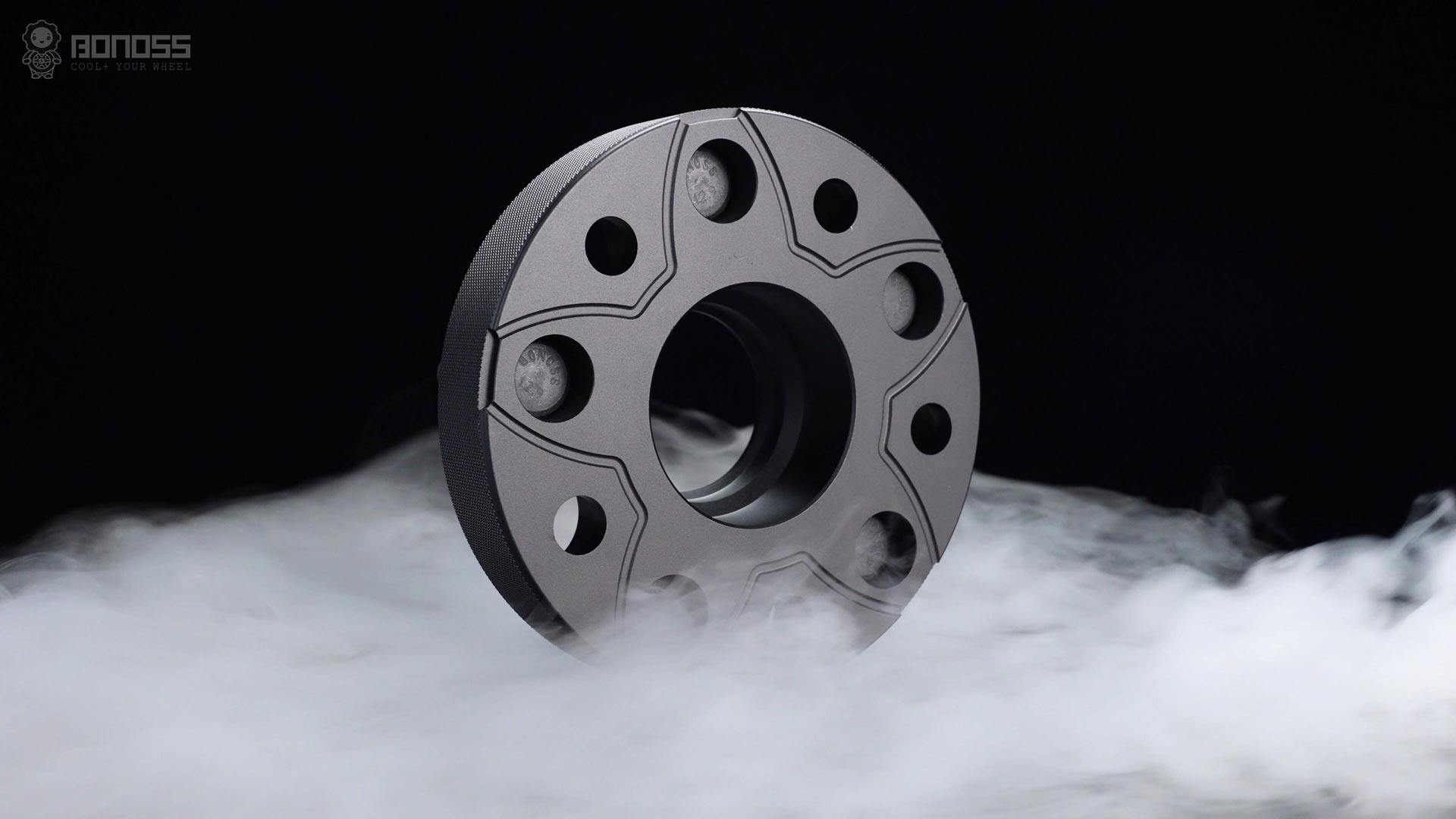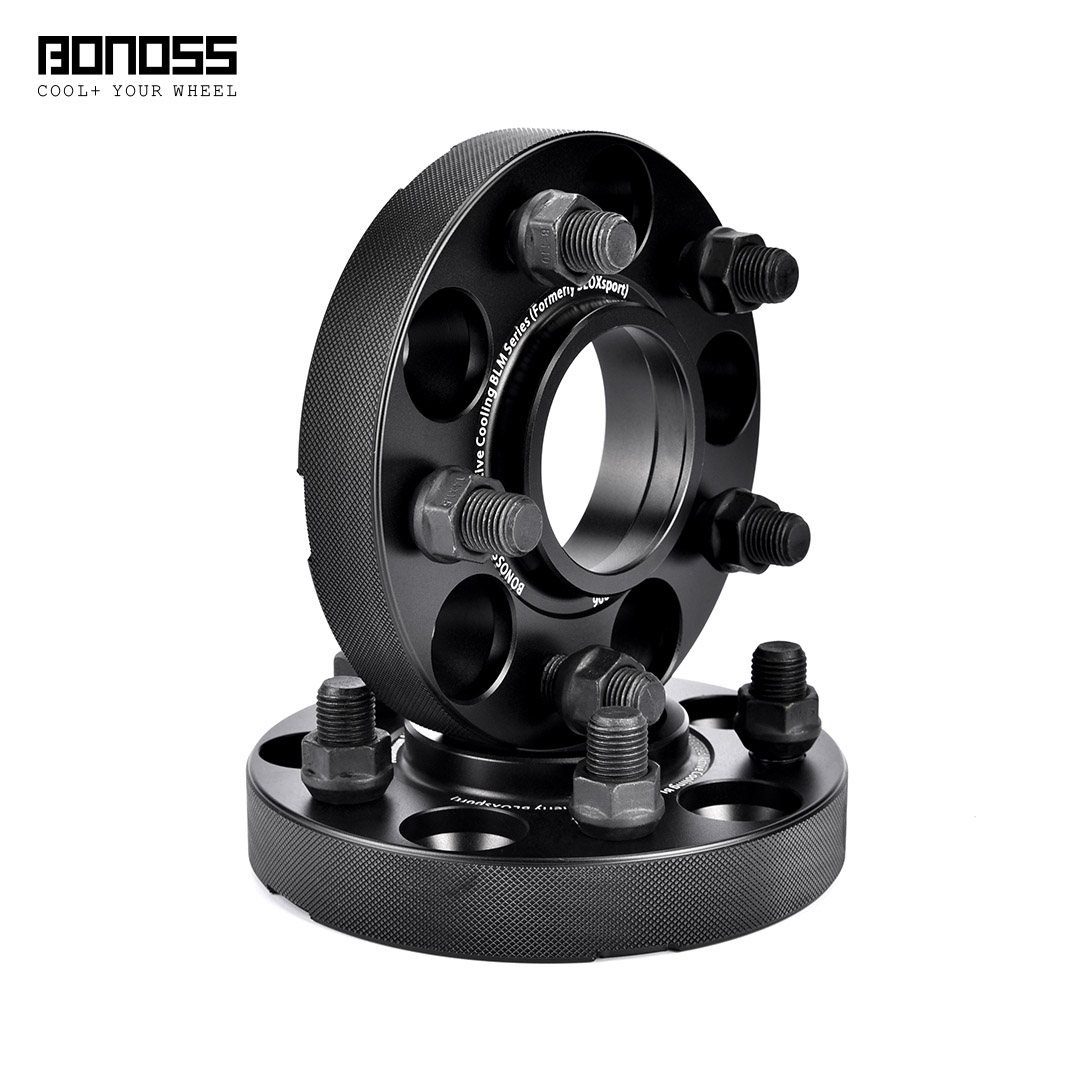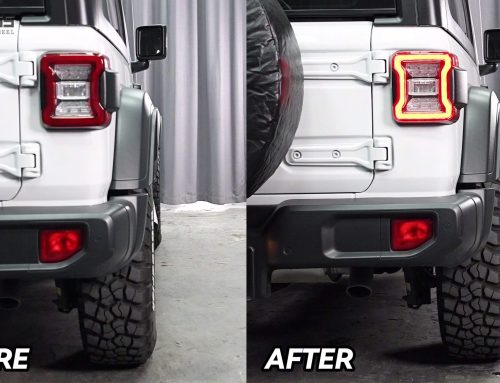Generally, hub-centric spacers are legal if they are approved by the laws and regulations in your countries and regions. Wheel spacers are not 100% illegal. They are modifications that need proper respect and operation. The key to keeping hub-centric spacers legal is not to overdo it. Stay within your state’s guidelines and you’ll be driving legally with wheel spacers.
The legal and safe hub-centric spacers should be:
- Made of high-quality materials
- Proper thickness and PCD sizes
- Precise hub-centric construction
- Using correct torque specifications
- Regular maintenance checks for wear
Hub-centric spacers can create a firm and stable wheel connection. It is this contact point that bears the weight of the vehicle. The wheel studs are designed to secure the wheels with a clamping force and resist lateral forces that are experienced when the vehicle is cornering. They are not strong enough to support the weight and loads generated through the wheel. In brief words, you will eventually need wheel spacers with integrated hub-centric rings to ensure safety.
Are Hub-centric Spacers Legal in the US?
Yes, hub-centric spacers are legal in the US. By far, no existing federal law says wheel spacers and adapters are illegal. However, each state has its own set of rules and regulations. As long as you install them properly under your state’s guidelines, using high-quality hub-centric spacers is generally safe and fine.
BONOSS brand wheel spacers strive to maintain top quality and the best user experience. These BONOSS forged active cooling hub-centric spacers are made of top-quality forged 6061-T6 and 7075-T6 aluminum alloy. Besides, BONOSS forged active cooling hub-centric spacers come with multi-stage hub-centric rings. The hub-centric metal ring is machined to be multi-layers, and the bevels fit the corresponding hub flange perfectly. This design is effective in eliminating the wheel vibration issues.

Are Hub-centric Spacers Legal in the Texas?
Yes, installing hub-centric spacers is normally legal in Texas. As long as you follow the state laws and keep your tires under the fender, there won’t be an issue. Place a straight edge flush with the outermost wheel edge. Then measure from the wheel edge to the inner fender lip. If the result is 25mm, then using below 25mm wheel spacers is fine. Getting the best hub-centric spacers is beneficial.
Based on traditional rim spacers, BONOSS forged active cooling hub-centric spacers come with more useful designs. They are designed with heat dissipation grooves to make brake cooling better. Such petal-shaped grooves allow the external cold air to flow continuously inside the spacer when it rotates. The air takes away the heat, so these BONOSS forged active cooling hub-centric spacers actively dissipate heat for the braking system, improving road safety.
Can You Pass an Inspection with Wheel Spacers?
If you still keep the wheels and tires covered by the wheel fender, you can pass an inspection with wheel spacers. The spacers are mounted to the vehicle hub, which in turn the wheels are mounted to the spacers. When installed, the hub-centric spacers become an essential part of your wheel combination. If you would like to remove them for an inspection, the BONOSS disassembly groove design will be helpful.
One standout feature of BONOSS forged active cooling hub-centric spacers is the unique disassembly grooves. There are small notches that are distributed on the corner of wheel spacers. Each notch leaves a limited clearance between the brake rotor and the spacer. Place a screwdriver into the notch and you can simply apply force at an angle to separate the spacer from the brake rotor. This makes the spacer easier to remove and extends its overall service life.










